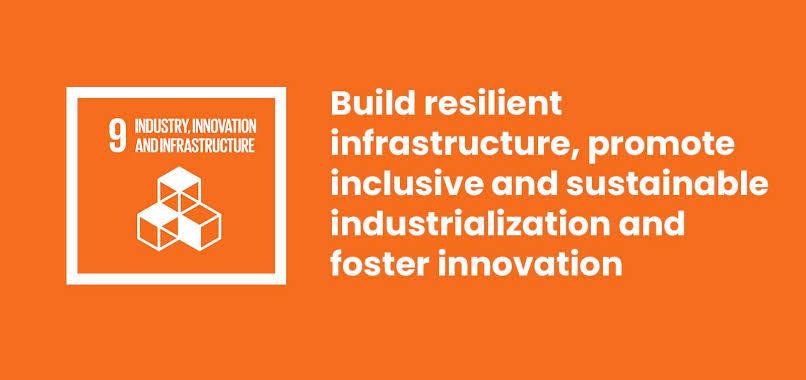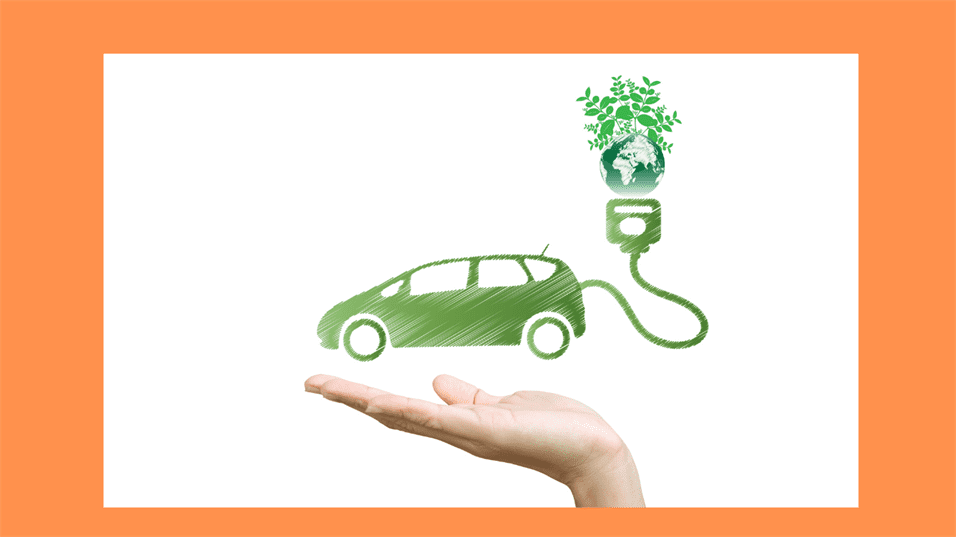Sustainable Development Goal 9 (SDG 9) is focused on building resilient infrastructure, promoting inclusive and sustainable industrialization, and fostering innovation. These three pillars are interconnected and crucial for the overall achievement of Sustainable Development Goals (SDGs).
Resilient infrastructure refers to the physical and social structures that support the well-being of communities and enable them to withstand and recover from shocks and stresses, such as natural disasters, economic crises, and pandemics. Building resilient infrastructure involves investing in infrastructure that is designed to be durable, adaptable, and able to withstand extreme events. It also involves ensuring that infrastructure is accessible and equitable, and meets the needs of all members of the community, including marginalized groups.
Inclusive and sustainable industrialization is key to fostering economic growth and reducing poverty. It involves creating an enabling environment for businesses to thrive, while also ensuring that the industrialization process is environmentally sustainable and does not contribute to social inequality or other negative impacts. This can be achieved through a range of measures, such as investing in education and skills development, promoting technological innovation, and supporting the development of small and medium enterprises.
Fostering innovation is essential for addressing global challenges and driving sustainable development. Innovation can take many forms, including technological innovation, social innovation, and organizational innovation. It involves finding new and creative solutions to problems and is often driven by research and development. Supporting innovation can help to create new products and services, increase efficiency and productivity, and improve the lives of people around the world.
Despite the importance of SDG 9, there are still significant challenges to achieving these goals. One major challenge is the lack of investment in infrastructure in many developing countries. Many countries do not have the resources or capacity to invest in infrastructure, and this can lead to a lack of basic services, such as clean water, electricity, and transportation.
Another challenge is the lack of access to financing for small and medium enterprises (SMEs). SMEs are often the drivers of economic growth and job creation, but they often struggle to access the financing they need to grow and expand. This can be due to a lack of collateral, a lack of credit history, or other barriers.
The COVID-19 pandemic has had a significant impact on the progress toward achieving Sustainable Development Goal 9 (SDG 9). The pandemic has disrupted global supply chains, disrupted economic activity, and put significant pressure on infrastructure and public services in many countries. In addition, the airport industry, also an important driver of economic development, faced the steepest decline in its history in the first five months of 2020, with a 51 percent drop in airline passengers due to the global lockdowns.
Climate change is also a major challenge for SDG 9. Infrastructure needs to be designed and built to withstand the impacts of climate change, such as rising sea levels and extreme weather events. However, many infrastructure projects do not adequately consider the risks posed by climate change, which can lead to costly repairs and rebuilds in the future.
In addition, there are often barriers to innovation, such as a lack of access to research and development funding, a lack of intellectual property protection, and regulatory barriers. These barriers can limit the ability of businesses and researchers to develop new technologies and solutions.
What can We do to Support the Goal:
- Support local businesses: One way to promote inclusive and sustainable industrialization is to support businesses in your community that are environmentally and socially responsible.
- Invest in renewable energy: Renewable energy sources, such as solar and wind, are important for building resilient infrastructure and reducing greenhouse gas emissions. Consider investing in renewable energy technologies, or supporting organizations that promote the use of renewable energy.
- Promote sustainable transportation: Transportation is a major contributor to greenhouse gas emissions. Consider using public transportation, carpooling, or walking or biking when possible to reduce your carbon footprint.
- Support initiatives that promote innovation: Research and development are important for fostering innovation and driving sustainable development. Consider supporting organizations or initiatives that are working to develop new technologies or solutions to global challenges.
- Educate yourself and others: Learning about the issues related to SDG 9 and sharing this knowledge with others can help raise awareness and encourage more people to take action.
Despite these challenges, there are also many opportunities to make progress toward SDG 9. For example, there are a number of initiatives that are working to increase access to finance for SMEs, such as microfinance programs and crowdfunding platforms. In addition, there are a number of initiatives that are working to promote the development of clean energy technologies, such as solar and wind power, which can help to build resilient infrastructure and reduce greenhouse gas emissions.
There are also a number of initiatives that are working to foster innovation, such as research and development grants, incubator programs, and accelerators. These initiatives can help to support the development of new technologies and solutions to global challenges.
Overall, achieving SDG 9 will require a concerted effort from governments, businesses, civil society organizations, and individuals. By working together, we can build resilient infrastructure, promote inclusive and sustainable industrialization, and foster innovation, which will help to drive sustainable development and create a better future for all.




 Each title in our collection is more than just a book - it’s a ‘green gift’, promoting mindful reading, sustainable values, and a culture of eco-conscious living. By gifting books, you open doors to new ideas, support lifelong learning, and nurture a more informed, compassionate, and environmentally aware individual.
Each title in our collection is more than just a book - it’s a ‘green gift’, promoting mindful reading, sustainable values, and a culture of eco-conscious living. By gifting books, you open doors to new ideas, support lifelong learning, and nurture a more informed, compassionate, and environmentally aware individual.